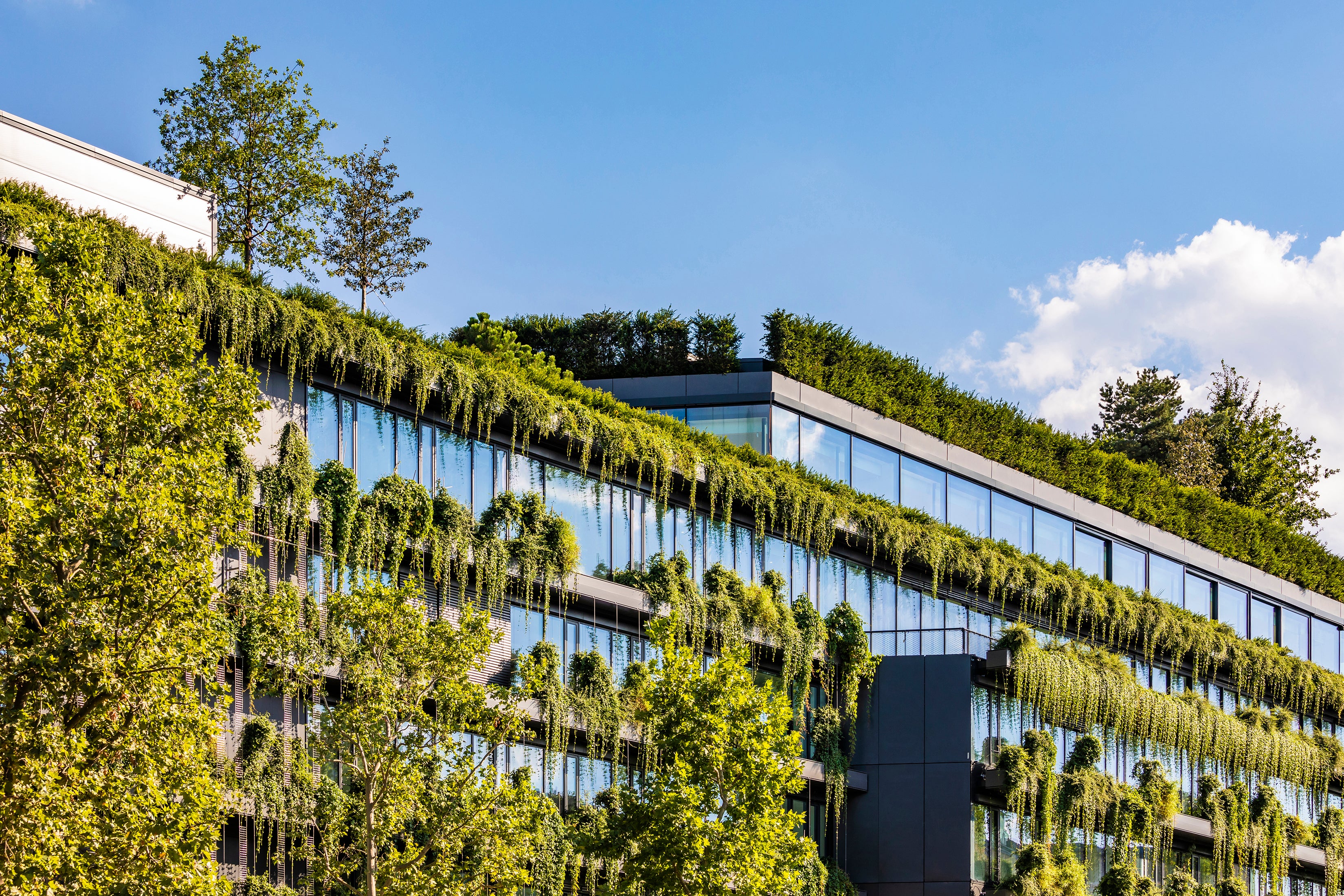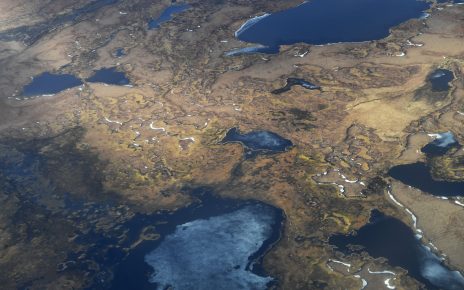
After several years of agreements and plans to limit global warming, we are still way off track.
This is one of the basic conclusions of the recent report put out by the world’s most authoritative body on climate science: the United Nation’s Intergovernmental Panel on Climate Change (IPCC). The report, formally called the Synthesis Report of the Sixth Assessment, shows that emissions over the past decade have reached their highest level in human history, causing more severe and widespread disruption and damage to our lives, infrastructure and ecosystems than we thought would happen when the IPCC put together its last version of the report, almost a decade ago. The fast pace of this warming is unprecedented in the last 2,000 years, likely much longer, making it difficult for us, plants and animals to adapt.
These are scary findings. And, as one of the lead authors of the Sixth Assessment series of reports, I realize that the sheer gravity of the climate crisis may cause you and many others to throw their arms up and block it out until the next report or disaster puts climate back in the news cycle.
But here’s what I want you to know: we still have hope. My fellow IPCC authors and I have spent years combing through the evidence, and have found that there are things we can do right now across all areas of life—including the basic choices you and I make every day—that can cut greenhouse gas emissions by more than half by 2030. That’s the short-term target required to keep us on track to limit warming to 1.5 degrees Celsius—the global target outlined in the Paris Agreement—which science has a identified as a key threshold to avoid the worst impacts of climate change. Many of these solutions will result in cleaner air and more jobs, but can also save money for governments, businesses and consumers.
“The big things the world needs to do to address climate change are already well-known: decarbonize our energy system by winding down the use of fossil fuels and using renewable energy sources like wind and solar to power our homes and buildings; and electrify as much we possibly can, including vehicles, heating systems, appliances and machines. We need to also improve public transportation and limit industrial-scale emissions that come from making materials like cement, plastic, and steel; move to a more sustainable food system; and conserve and restore forests and other ecosystems.”
We’ve detailed all these needed solutions extensively in the IPCC mitigation report, which was issued last year as part of this Sixth Assessment cycle. To make them happen, the people who run governments and create policy and economic incentives will need to work together to spur the kind of widescale adoption required to cut emissions in half in the next seven years. As an example, the U.S. government last year passed landmark legislation to provide new funding to significantly scale up renewable energy in our electric grid, transportation systems and homes. This boost is projected to achieve a 40 percent reduction in U.S. emissions from 2005 levels by 2030. This is a huge step, but even more will be needed, in the U.S and around the world.
How can we expect such massive, widespread transformation at a time when our world seems more divided than ever? The IPCC reports explore this topic and outlines ways in which policy, finance, technological innovation and behavioral shifts can improve our chances of success. Here, I want to dive into what these behavioral shifts—which have the potential to reduce our emissions by 40 to 70 percent—mean for you and me.
For the first time since the IPCC Assessments began in 1990, the mitigation report dedicates an entire chapter on assessing the sociocultural aspects of mitigating climate change, including lifestyle changes we make about how we live, what we eat and how we get around, and also the decisions we make as professionals—as investors, architects, teachers, restauranteurs, builders, urban and transportation planners, farmers, procurement managers, engineers, influencers and community leaders.
The most meaningful lifestyle changes include things like choosing low-emission transportation: walking, biking, taking public transportation, switching to an electric car if you can, and limiting flights when possible. Our mobility choices have the largest potential to reduce our carbon footprint, and can also make our air cleaner, especially in the U.S. where transportation is now the largest source of emissions.
Adopting healthier, more sustainable diets, and reducing food waste can also make a big difference in emissions. In the Global North, that generally means eating more fruits and vegetables and less meat, sugars and packaged processed food, as well as limiting the amount we buy and order in restaurants that could go to waste. In the U.S. alone we waste an estimated 35 percent of all the food we produce or import, which in turn wastes all the energy, land, water and greenhouse gas emissions that went into growing, processing, shipping and storing it.
Last, when we build or remodel homes or buildings, we can use energy efficient materials, appliances and technology. Every homeowner in America can now take advantage of financial incentives as part of the Inflation Reduction Act for things like heat pumps or electric cookstoves that reduce both emissions and electric bills.
But hurdles exist to the widespread adoption of these lifestyle changes. And those hurdles may be different, or more difficult, from person to person. How do we choose cleaner transportation options if there is no infrastructure to support it? How do we navigate purchasing more efficient home appliances if stores don’t carry them? Personally, I try not to consume more than I need. But being a mom here in the U.S., I find it really difficult to avoid overconsumption when everything for kids seem designed to be used once and then thrown away.
To make this lower-carbon lifestyle affordable and practical to the average consumer so that everyone can make these transitions, professionals and decision-makers in the transportation, building and food industries need to help make these offerings a priority.
Cities, home to more than half of the global population and the source of two thirds of global GHG emissions, are critical areas for change. What if all architects and developers building a new house or apartment complex used sustainable materials; specified fully electric and energy-efficient heating, appliances and lighting; added green roofs or perennial gardens, and installed electric vehicle charging stations in every parking space? What if every urban planner prioritized infrastructure for walking, biking and public transportation, designed urban housing areas to be closer to centers of work, and protected 30 percent of their city’s existing natural spaces from development to lock in greenhouse gas absorption? What if chefs created healthier and more sustainable menus that featured more local produce and smaller meat portions? What if the people who build office buildings, schools and restaurants included—and cities supported—composting infrastructure? What if every business procurement manager selected only energy efficient and sustainable materials, products and services? Neighborhood and municipal citizens and leaders could also help incentivize these decisions, for example, by formalizing them in building codes and revising public housing and school district standards.
This is where you can, and need to, get more involved if you want to see these options become available in a way that might work for you: you vote for people and support businesses that put climate change first or at least up front, and you voice your concerns about projects in your community that don’t.
The IPCC’s Synthesis Report is more than a five-alarm fire; it offers a clear-eyed view of worse climate impacts still looming on the horizon, along with a detailed set of solutions for our leaders in government and industry to avoid them. But the report highlights the fact that every decision can make a difference, and we all have a role to play, not just as consumers and citizens, but also as investors, influencers and professionals. The more time it takes the world to embrace these solutions, the more arduous the eventual journey will be. And the sooner we wake up to the climate crisis unfolding all around us, the sooner people and nature can reap the benefits of a cleaner, safer and more stable future.
This is an opinion and analysis article, and the views expressed by the author or authors are not necessarily those of Scientific American.


